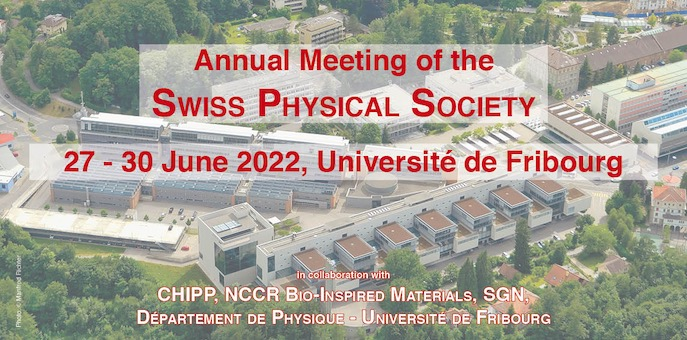Speaker
Matthias Hengsberger
(University of Zurich)
Description
Electrodes for photocatalytic water splitting have to fulfill several requirements like high light absorption and efficient carrier transport to the surface without energy loss. Cuprous oxide is a prime candidate due to the small, direct bandgap and to abundant and cheap constituents, but the photochemical conversion efficiencies found so far are well below the theoretically possible figures. Using time-resolved ARPES, we studied the (111)-surface of Cu2O and investigated the effects of defects present in the surface. Supported by DFT calculations we could identify oxygen vacancy states to be responsible for carrier trapping and, thereby the low performance of this material.
Authors
Matthias Hengsberger
(University of Zurich)
Lisa Grad
(University of Zurich)
Jan Eric Beckord
(University of Zurich)
Dr
Chiara Ricca
(Department of Chemistry and Biochemistry, University of Bern)
Prof.
Jürg Osterwalder
(Department of Physics, University of Zürich, Switzerland)
Prof.
Ulrich Aschauer
(Department of Chemistry and Biochemistry, University of Bern, Switzerland )
